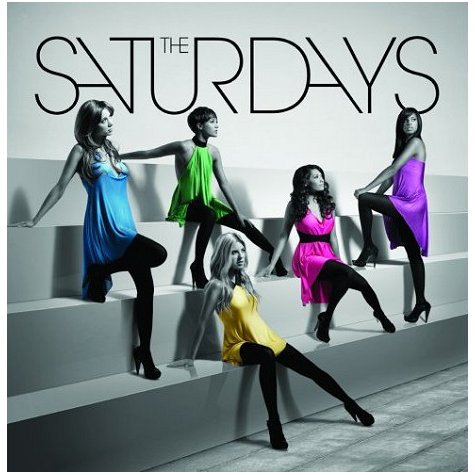[slideshow]
READ THIS INFORMATION AS IT MAY HELP YOU WHEN YOU DESIGN YOUR ILLUSTRATIONS FOR YOUR BOOK AND FOR WHEN YOU DO SOME PAINTINGS DURING TOPIC.
WHAT ARE THE KEY FACTS YOU CAN PICK OUT FROM THIS INFORMATION?
The art of the Aboriginal culture, as can be seen in many of the sacred sites, rock and cave paintings, used few colours as they were often made from what was available locally.
Some colours were mined from ‘ochre pits’, being used for both painting and ceremonies, with ochre also traded between clans and at one time could only be collected by specific men within the clan. Other pigments were made from clay, wood ash or animal blood. There were variations in the symbols used in some rock art and paintings, depending on the tribe or region of Australia that you belong to, which is still evident today in the modern art work of Aboriginal artists.
Certain symbols used in the art retain the same meaning across regions, although the meaning of the same symbols may change within the context of the whole painting. When viewed in black and white other symbols can look similar, such as the circles within circles, sometimes depicted on their own, sparsely or in clustered groups. When this symbol is used and depending on the Aboriginal tribe you belong to, it can vary in meaning from campfire, tree, hill, digging hole, waterhole or spring. Use of the symbol can be clarified further by the use of colour, such as water being depicted in blue or black.
Many paintings by Aboriginal artists, such as those that represent a ‘dreamtime story’, are shown from an aerial perspective (from above). The story follows the lie of the land, as created by ancestral beings in their journey or during creation. The modern day art is a reinterpretation of songs, ceremonies, rock art and body art that was the norm for many thousands of years.
Traditional symbols are an essential part of much contemporary Aboriginal art. Aboriginal peoples have long artistic traditions within which they use conventional designs and symbols. These designs when applied to any surface, whether on the body of a person taking part in a ceremony or on a shield, have the power to transform the object to one with religious significance and power. Through the use of designs inherited from ancestors, artists continue their connections to country and the Dreaming.
For example, body decoration using ancestral designs is an important part of many ceremonies. In central Australia inherited designs are painted onto the face and body using ochres ground to a paste with water and applied in stripes or circles. The modern paintings of the Central and Western Desert incorporate many of these designs. Some of the symbols used are:
Symbols used in Papunya Central Desert art –
Based on information from “Papunya Tula” by Geoffrey Bardon
While the most commonly used symbols are relatively simple, they can be used in elaborate combinations to tell more complex stories. For example, a Water Dreaming painting might show a U shaped symbol for a man, sitting next to a circle or concentric circles representing a waterhole, and spiral lines showing running water. The painter is telling the story of the power of the water man to invoke rain. Further symbols will add to the depth of meaning. Today artists often refer to the ‘outside’ story which they provide for the general public while the painting retains an ‘inside’ story accessible only to those with the appropriate level of knowledge.
Dots are one of the conventional symbols widely used and for many non-Aboriginal people these are what give Central and Western Desert art its distinctive character. Dots may represent many things – including stars, sparks or burnt ground. The base or floor of any Aboriginal design or painting is the preparation of the earth, or the ancestor being’s involvement with the earth.
